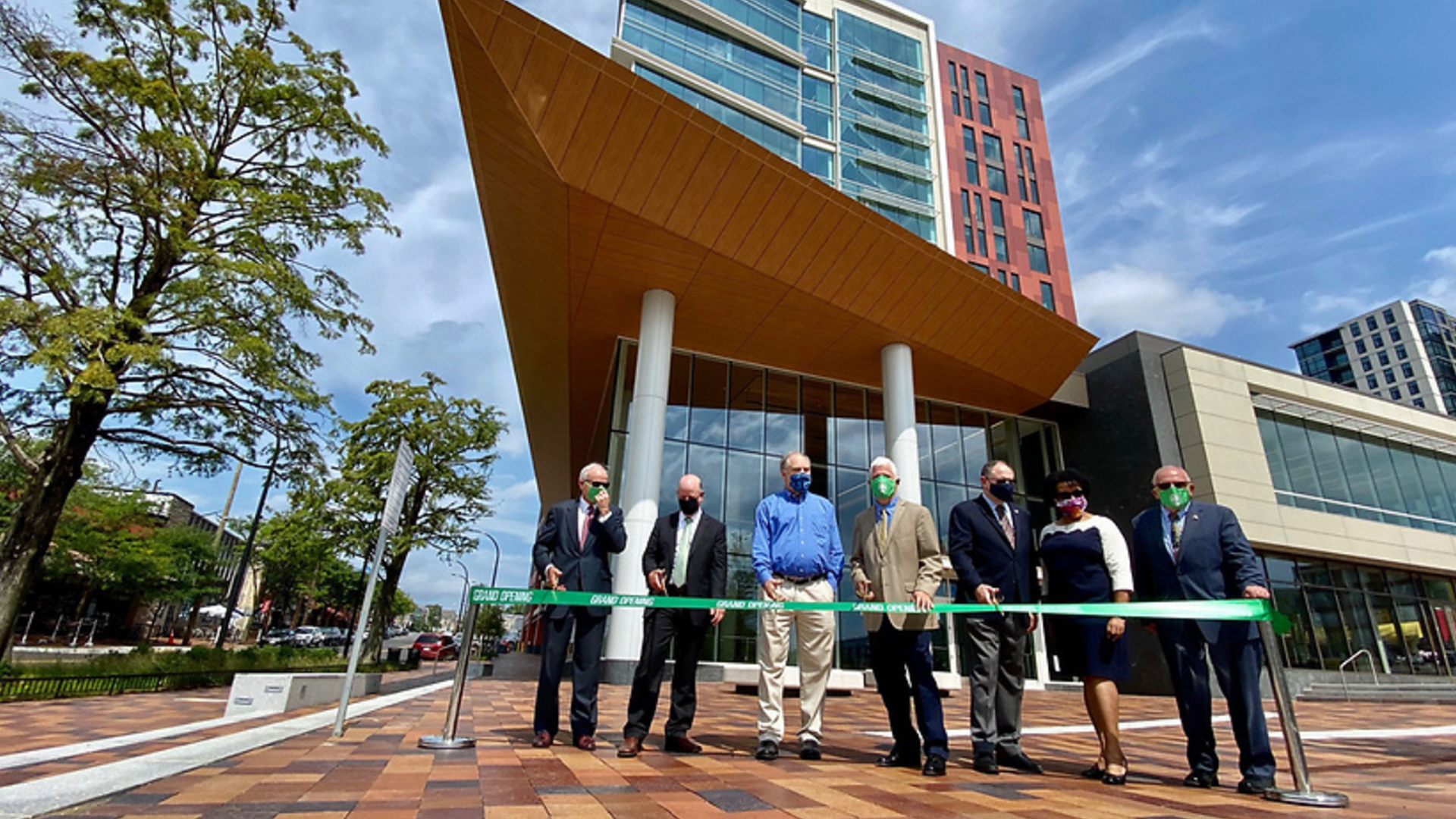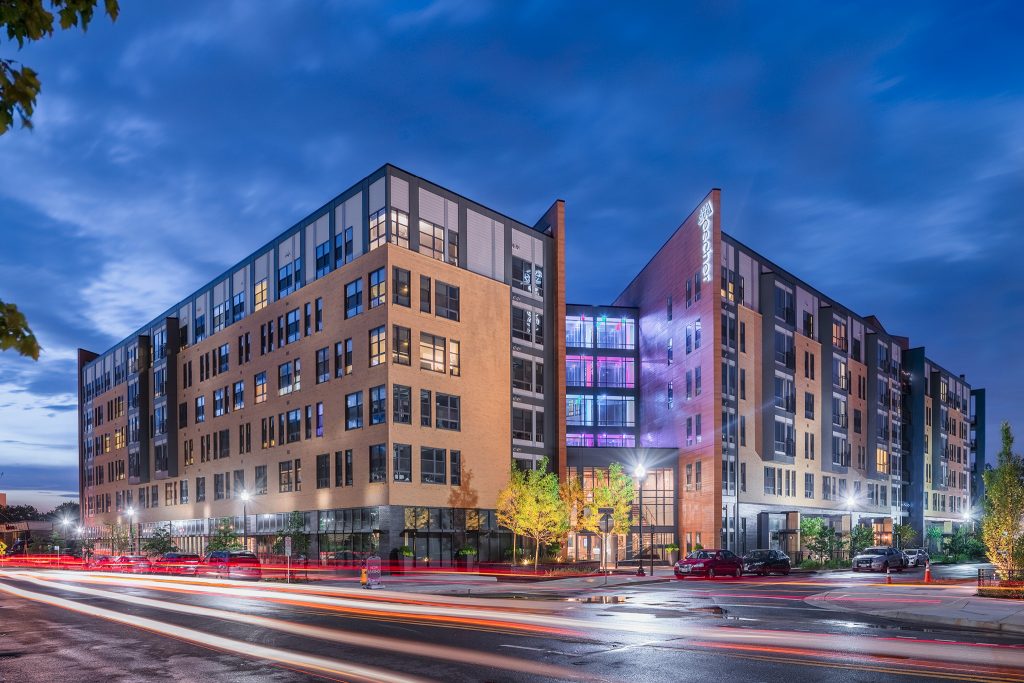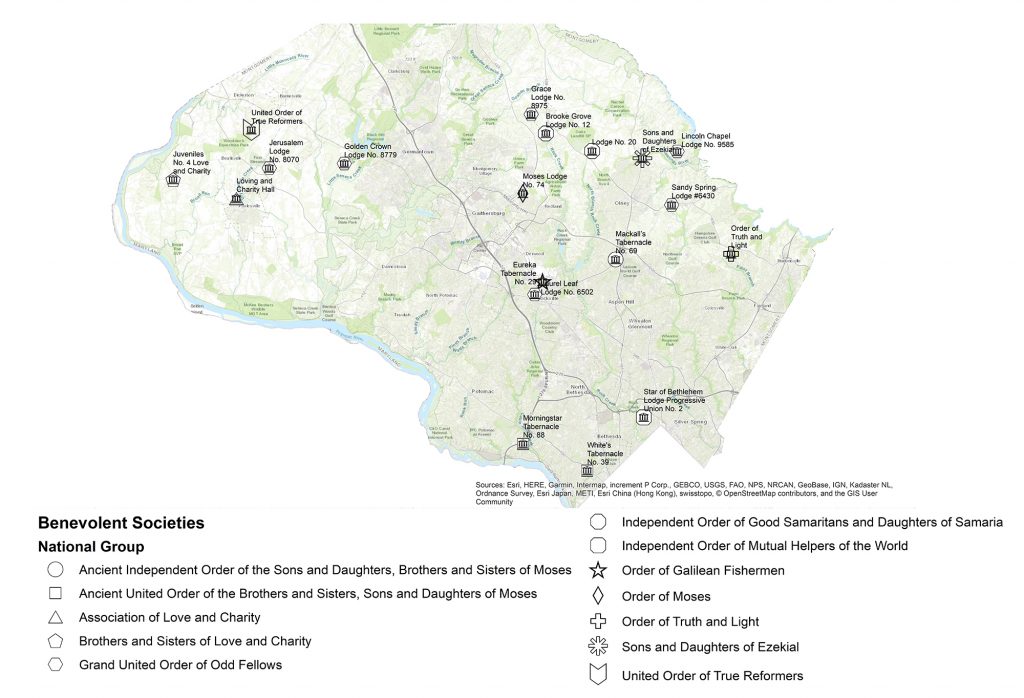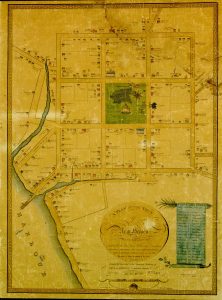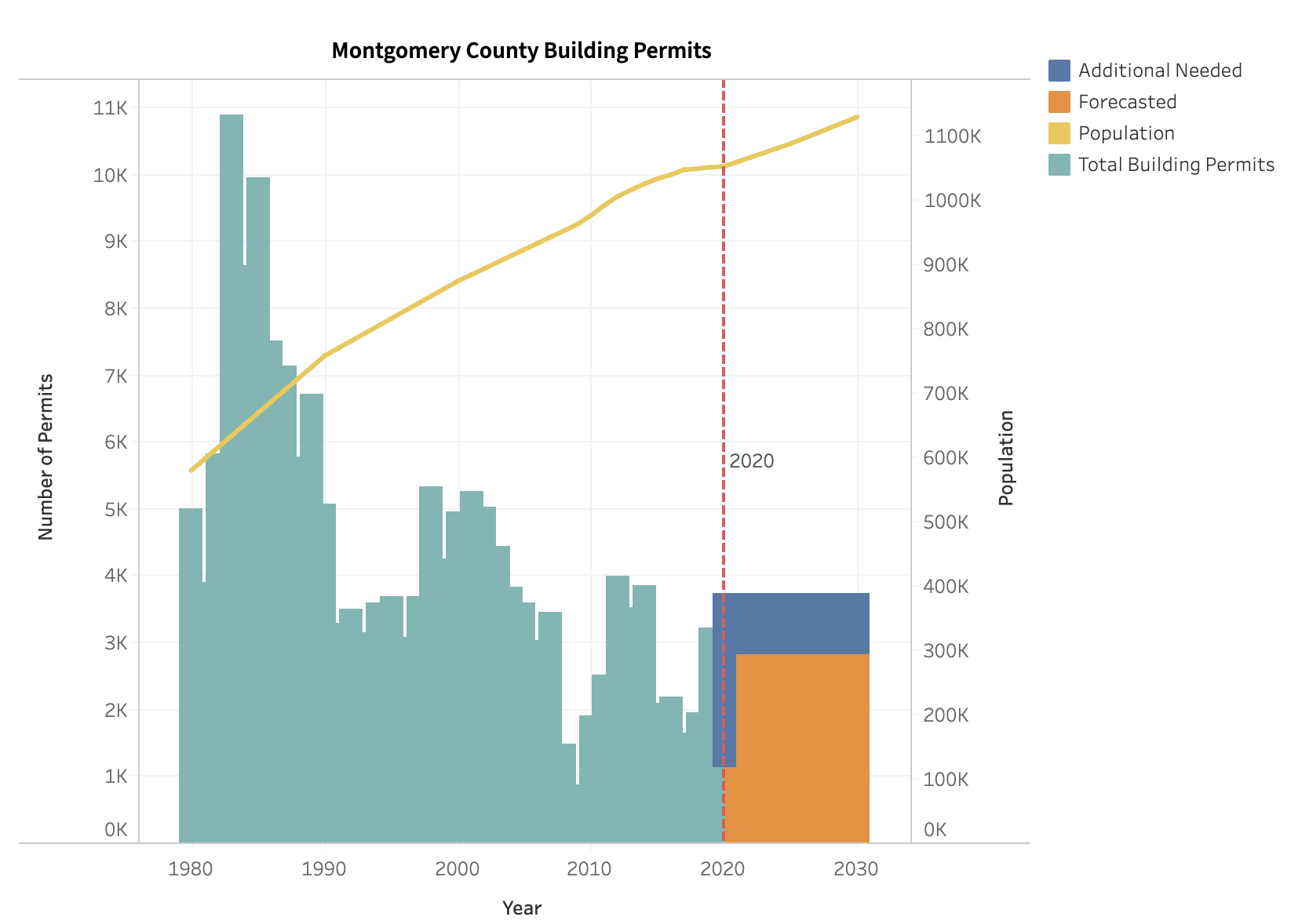
Montgomery County is one of the most desirable places to live and work in the United States. However, like many other places in the country, we are facing new and different issues and trends. This includes weak wage and job growth, persistent racial and economic inequities, demographic and cultural shifts, technological innovation, and climate change. Some of these issues have been reinforced, or even created, by our past public and private plans and actions.
As we finalize the update to the county’s General Plan, Thrive Montgomery 2050, it is important that we reexamine the county’s planning history to become a more equitable, sustainable, and resilient community. Let’s take a walk through the county’s past 245 years:
Montgomery County was … Continue reading


